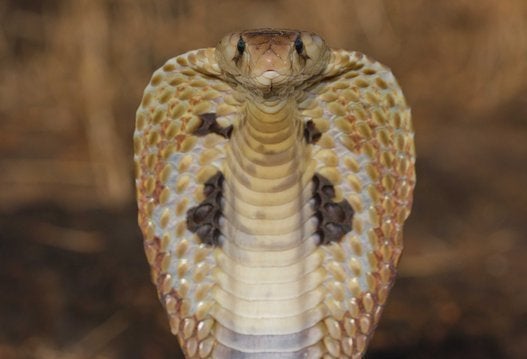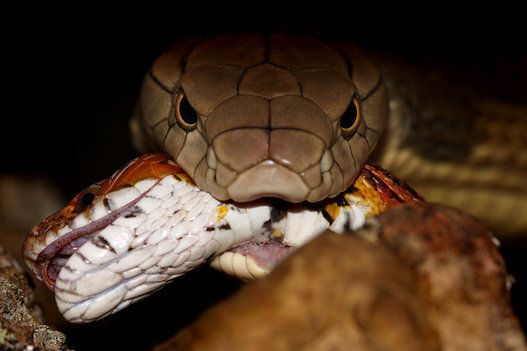
India's tropical conditions play the perfect host to a wide variety of snakes -- approximately 300 species, including 50 venomous varieties. Recently, eminent naturalist and wildlife adventurer Nigel Marven visited the sub-continent to talk about the 10 deadliest snakes India, as part of his quest to discover the most dangerous of these reptiles across the world.
"India has some wonderful wildlife, and of course some extraordinary and some very beautiful venomous snakes. I had always wanted to make a film about the venomous snakes of India and this was my chance," he said in an interview with HuffPost India.

Nigel Marven
Marven revealed some fascinating experiences in India as well: "When we were with the Irula snake tribe in Tamil Nadu, in north of Chennai, there are whole families that make their living from snakes. Irulas used to kill snakes for their skins but that has been stopped. Now, they catch snakes to collect the venom to provide anti-venom which obviously saves thousands of lives and they have a great respect for snakes too. When I did film Nag Panchami (earlier), they then used live cobras in the ceremony. I was amazed how the people respect the snakes and they also know how far a cobra would strike. People had a very good knowledge of snake behaviour. This is great that because of Nag Panchami and ceremonies like that, cobras aren’t killed as a matter of course in India, which is superb."
Also Read: Americans Try On Saris For The First Time
He spoke about how, in spite of being revered, the king cobra was a declining species, but expressed a special thanks to Indian snake expert Romulus Whitaker, who has invested all his efforts into making reserves for king cobras.
Marven also listed his quick DIY medical hacks on treating a snake bite:
Put a tourniquet above the bite (here's how to use a pressure bandage) -- that stops the venom from travelling through the blood system. Get to the hospital as quickly as possible. If there is any chance of getting a photo of the snake or at least remembering what it looks like then it will help the doctors know what snake has bitten you.
His advice on coming face-to-face with a snake:
You may put yourself in a lot of danger if you see a snake and want to kill it with a stick. The best thing to do is just keep away. Quiet often people get bitten when try to kill a snake or play with it. "So, you really shouldn’t do that unless you know what you are doing - like I do. But all reptiles are an important part of the natural world and they should be admired and respected and not feared and lost."
"If you see a snake, they will always slither away. So if you see one which doesn’t slither away, just back away from it and watch it and you see the beautiful way they move, their beautiful colors in patterns. The key is not to touch a snake. If you really are frightened, stamp your feet because snakes don’t like vibrations. So if you are going into some bush or in a rocky area where you think there could be a snake, if you walk along and stamp your feet that would frighten the snake away and the snakes will slither away from your path," he says.
Marven's show 'Dangerous Snakes' is currently airing Monday to Friday at 9 pm on Animal Planet. Here is his list of the 10 deadliest snakes in India.













Contact HuffPost India